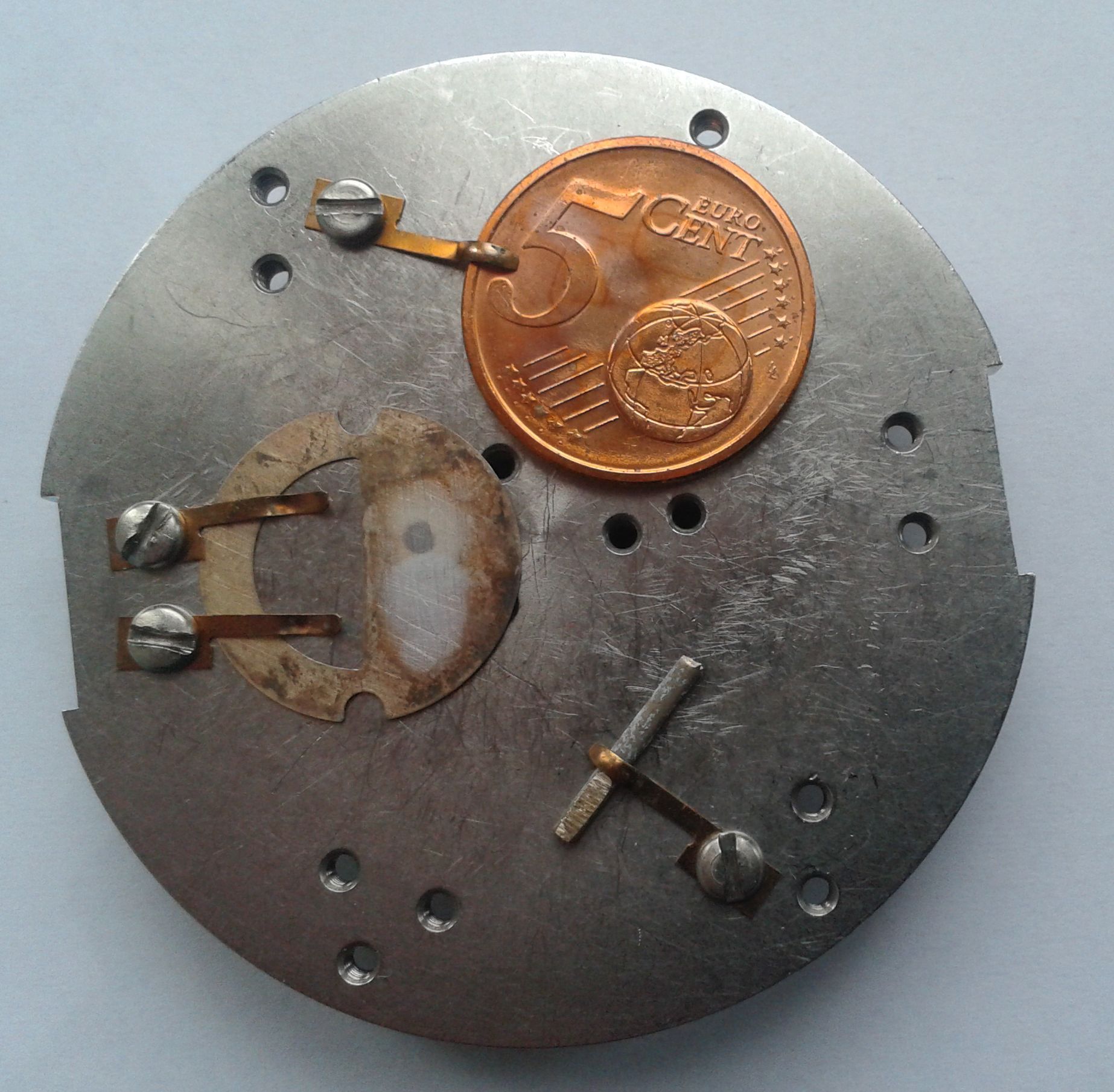XPS Service Group
Service measurements also for external customers
Location:
XPS-Lab: Uni West, Room: 47.0.211
Contact:
Priv.-Doz. Dr. Joachim Bansmann
Tel: 0731/50-25469
joachim.bansmann(at)uni-ulm.de
M.Sc. Konstantin Schüttler
Tel: 0731/50-25468
konstantin.schuettler(at)uni-ulm.de
Secretariat:
Iris Terwedow
Tel: 0731/50-25451
Fax: 0731/50-25452
iris.terwedow(at)uni-ulm.de

